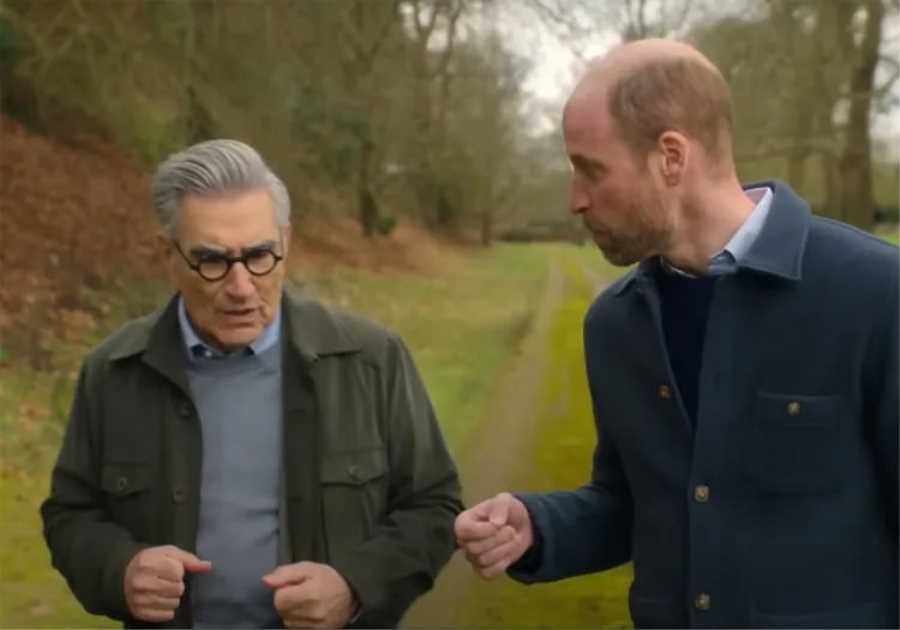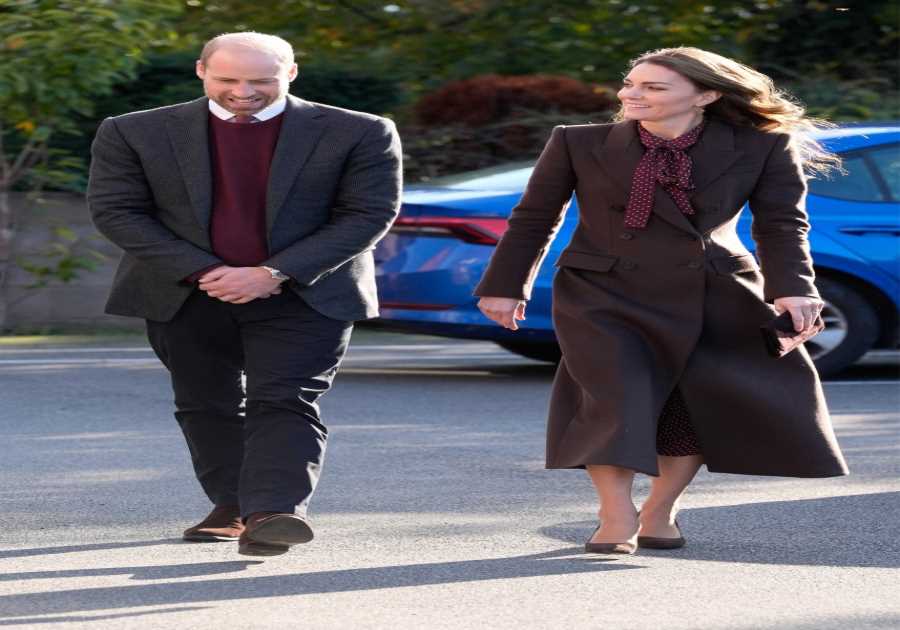PRINCE WILLIAM says the time is now to save our planet – and he has recruited some of the most influential figures in climate action to help him.
Sir David Attenborough, 95, and pop star-turned-campaigner Shakira Mebarak, 44, are among the contributors to his book Earthshot: How To Save The Planet.
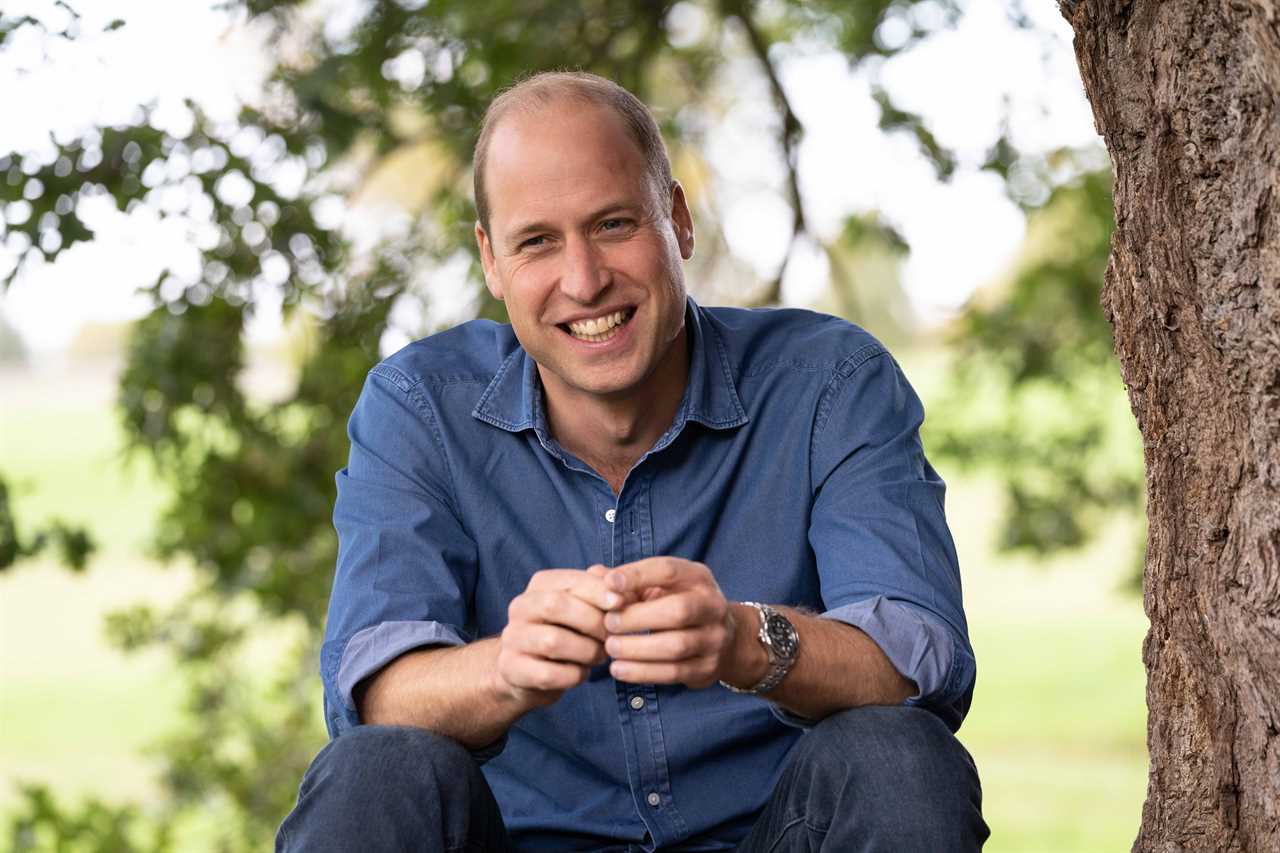
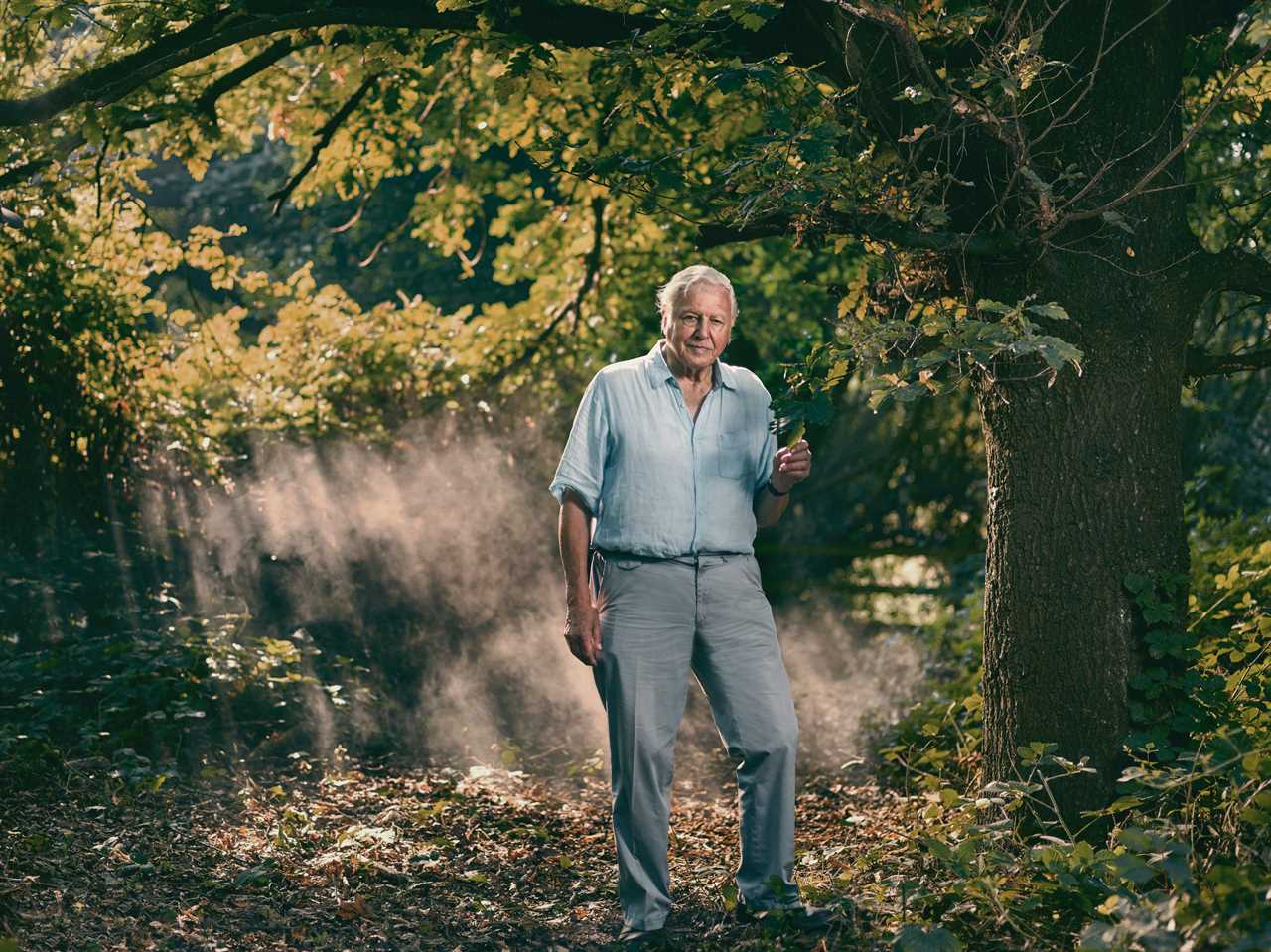
The Duke of Cambridge has written the introduction to the book which shows how, by working together, we can solve the environmental crisis.
William, 39, writes: “I strongly believe change is possible, when you put your mind to it.”
The book accompanies his Earthshot prize, with a £50million pot, inspired by US president John F Kennedy’s 1961 Moonshot mission to put a man on the moon. The award will run until 2030, with grants presented to people who develop ideas to tackle global warming.
The first 15 finalists were unveiled yesterday. The five winners, revealed next month at a ceremony in London, will receive a grant worth £1million to develop their green projects.
Here, in edited extracts from the book, Sir David and Shakira share their inspiring words.
- EARTHSHOT: How To Save Our Planet, by Colin Butfield and Jonnie Hughes, with an introduction by HRH Prince William, is published by John Murray and available from September 30, priced £20.
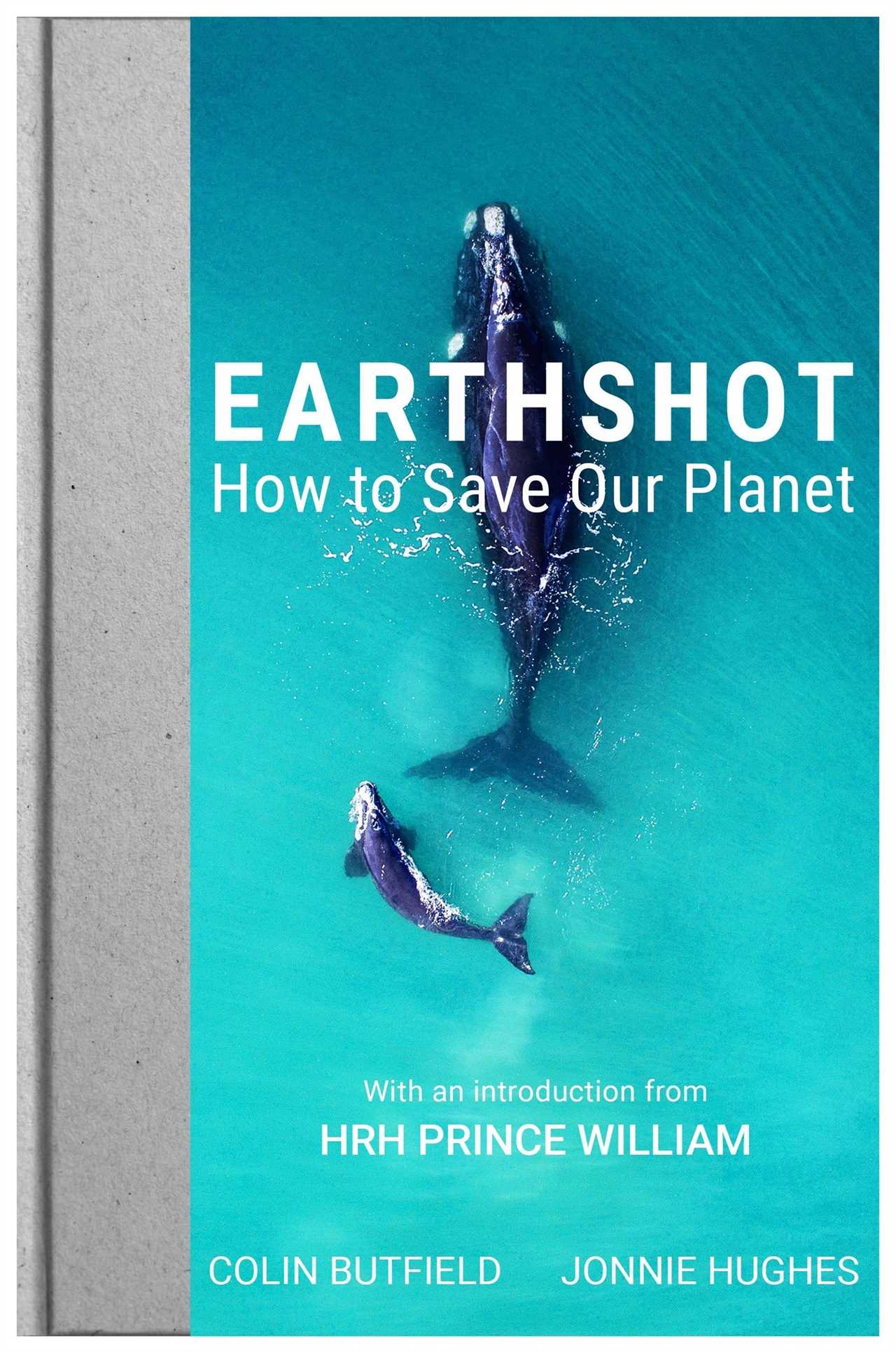
‘If we work WITH nature rather than against it, the natural world can rebuild. We must make the right choices today’
By Sir David Attenborough
THROUGHOUT my lifetime I’ve been lucky to witness more wonders of the natural world than I could have ever dreamed of. In recent years I’ve also felt a responsibility to consider with audiences how much of our natural world we have lost and the consequences that will follow if we don’t reverse this trend.
But there are also stories of hope, and these are just as important to tell. For nature can recover — sometimes with our help and sometimes when simply left alone.

One place I’ve visited recently is the Knepp Estate, in Horsham, Sussex.
Fifteen years ago the land was a typical modern arable and dairy farm, with fields of crops fed with fertilisers and sprayed with pesticides. Much of the wild had gone.
Then the owners made the decision to change their approach to managing the land. They decided to work with nature, rather than against it. They stopped the spraying and fertilising, they took down the fences between the fields, they stocked the land with a mix of livestock that resembled the animals that once roamed wild in this part of the world.
In short, they gave the natural world the chance to rebuild. And rebuild it did — from the ground up. It is now one of the most diverse patches of land in the South of England.
There is no single solution to restoring biodiversity, Knepp is simply one example. There is also no single solution to feeding the world in a sustainable way.
The Knepp wildland produces very low volumes of food for the open market.
Every patch of land will require its own unique approach and each will come with trade-offs.
But there does seem to be an attitude common to most successful restoration projects.
Those that embark on them take the time to understand nature and find the ways to work with natural processes.
When we talk about re-wilding, or of restoring biodiversity to an area, it doesn’t necessarily mean that we can turn things back to the way they used to be.
In England, for example, in lieu of conjuring up any extinct wild aurochs to graze the land, the right sort of domestic cattle can serve as a good replacement.
These cattle, along with ponies and deer, crop the grasses and browse bushes and trees, encouraging diverse meadows and natural thickets.
More diverse and stable
By doing this in a managed way, they can allow the free-range farm animals to play the part of their wild cousins.
If we choose to spend the next ten years perfecting all the new ideas we have seen, and searching for others, just imagine what might be possible.
A world in which landowners gain more from building diverse, wild habitats than tearing them down. A world in which we can work with, rather than against, natural cycles.
And a world in which we become so efficient at providing for ourselves that we can spare enough space for the rest of life on Earth. Tomorrow’s world could be more diverse, more stable, more wild, if we start making the right choices today.
‘The magic of the ocean is that it can recover…but we’re in a critical decade’
By Shakira Mebarak
THE ocean feels like home to me. I’ve always lived close to the water. I was born in a coastal city, in the Caribbean part of Colombia, in South America, and now my family and I live in Barcelona, next to the Mediterranean Sea in Spain.
So the ocean always been like an extension of the backyard for me, and now for my children.

After a bad day I get in the sea and my troubles wash away. The ocean gives you perspective. And it should give us perspective on what we are doing to it.
Our first job is to properly understand what exactly we are doing to harm it, from pollution to overfishing to plastics.
It would be easy to get depressed about the state of the ocean, but it is not yet defeated. The ocean has enormous resilience. We see evidence of that even today.
Our hope lies with the brightest minds working on technological solutions, and in teaching our children so future generations will treat the world differently.
I feel that we are finally starting to pay our planet the attention it deserves.
We now have the tools to communicate with each other instantaneously, and people are voicing their opinions and exchanging ideas. So I feel we have never been better positioned to turn the tide.
Enrich our lives
The magic of the ocean is that it can recover. We are in a critical decade, but it’s not too late.
There are more great whales in the ocean now than there were when I was a child. This is because the generations before us had hunted most whales to the edge of extinction. But then the hunting stopped. We allowed the whales to recover.
Now we need an even bigger commitment, to end the destruction and degradation of all marine life. I believe this is possible, and what gives me the most hope is all the people around the world who are already taking giant steps forward to make this happen.
With so many inspiring people acting to revive our ocean, it makes me want to do all I can too. If we work together, imagine the future we could create.
Imagine if we ensured that we used every part of the ocean sustainably, how rich our seas would be. We would finally get to see the sea the way it should be. Bursting with life.
An enormous wilderness that would provide humankind with plenty of food, if we take care with how we source it. A habitat that would grow and thrive and, in doing so, help us defend ourselves from storms and control the climate.
A wonderful blue world that would continue to enrich our lives. The ocean has already given us so much. Now it is time to give back. We still have so much to do, but now is our chance. What are we waiting for?

